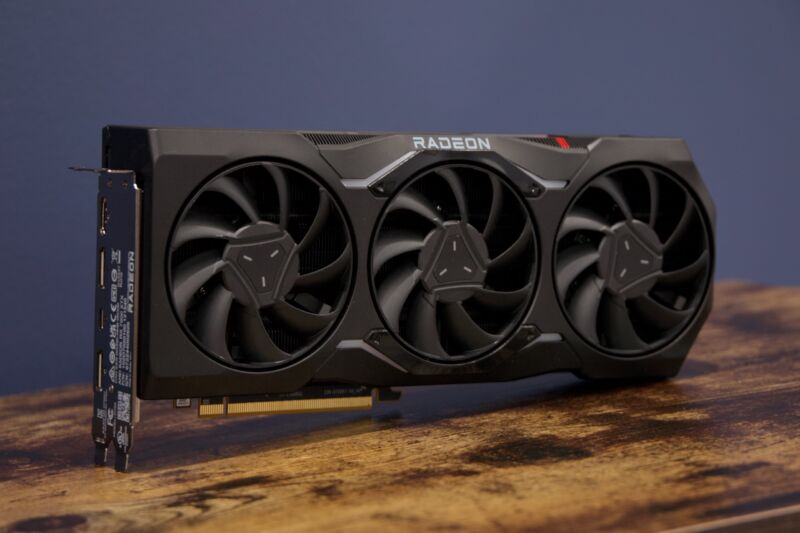GoPro has released the Hero10 Black Bones, a lightweight camera built to be mounted on FPV drones. A little over a year ago, DJI released its first FPV drone. While revolutionary in that it was the first FPV model that could hover in place, it also featured a limited camera with a 1/2-inch CMOS sensor. The Hero10 Black Bones is a pared down version of the company’s Hero10 camera capable of capturing up to 5K / 30p or 4K / 60p footage.
 |
Pared down means GoPro built this camera without any screens, speakers, water and dust-proof shields, doors, or a slot for a battery. The idea was to make it as light as possible so pilots can stay in the air longer without the threat of overheating. ‘You’ve seen the rise of videos like flying into the bowling alley, or even the latest Tesla Gigafactory video – those are all done by people who took the time to try to make a GoPro lighter,’ Pablo Lema, GoPro’s Head of Product , told The Verge on a call.
The issue with pilots taking it upon themselves to make previous versions of GoPro cameras lighter, which required sawing off pieces or removing unnecessary components, is that they would have the tendency to overheat, especially upon take off or landing.
What GoPro did with the Black Bones is include the original Hero10 Black’s sensor, lens and processor, but dropped the displays and other unnecessary bits to cut down on weight. A large ventilator, which effectively works like a radiator as the camera is flying while attached to a drone, keeps airflow steady and prevents overheating. At 54 grams, it weighs almost two-thirds less than the first Hero10 model making it the lightest action camera GoPro has ever manufactured.
GoPro requires that pilots know how to solder, or find a way to place it on a build using an adapter for its mounting system, and assumes they’ll use the FPV drone’s built-in, low-latency camera, paired with goggles, to view what is being filmed in real-time. The Hero10 Black Bones can capture up to 5K / 30p, 4K / 60p or 2.7K / 120p video at a 4: 3 aspect ratio. GoPro includes a license for its ReelSteady video stabilization software which is now part of its desktop and GoPro Player applications.
 |
The Hero10 Black Bones can be controlled using a variety of methods. Pressing the two buttons on the camera is one way or using the Quik App, The Remote by GoPro, GoPro Labs QR codes or the drone’s transmitter. GoPro claims it can quickly sync with a variety of drones that are at least three-inch class.
The Black Bones can use the same ND filters the work with GoPro’s Hero9 and Hero10 cameras. In the event of a crash, the lens cover can be replaced. The Hero10 BlackBones is available for order todaystarting at $ 400 with a GoPro subscription. Otherwise it’s 500. GoPro’s ReelSteady software, which stabilizes and smooths out FPV footage is included but can also be purchased without the camera for 100.













